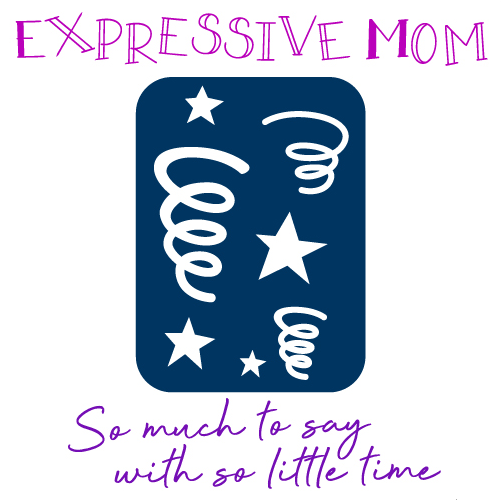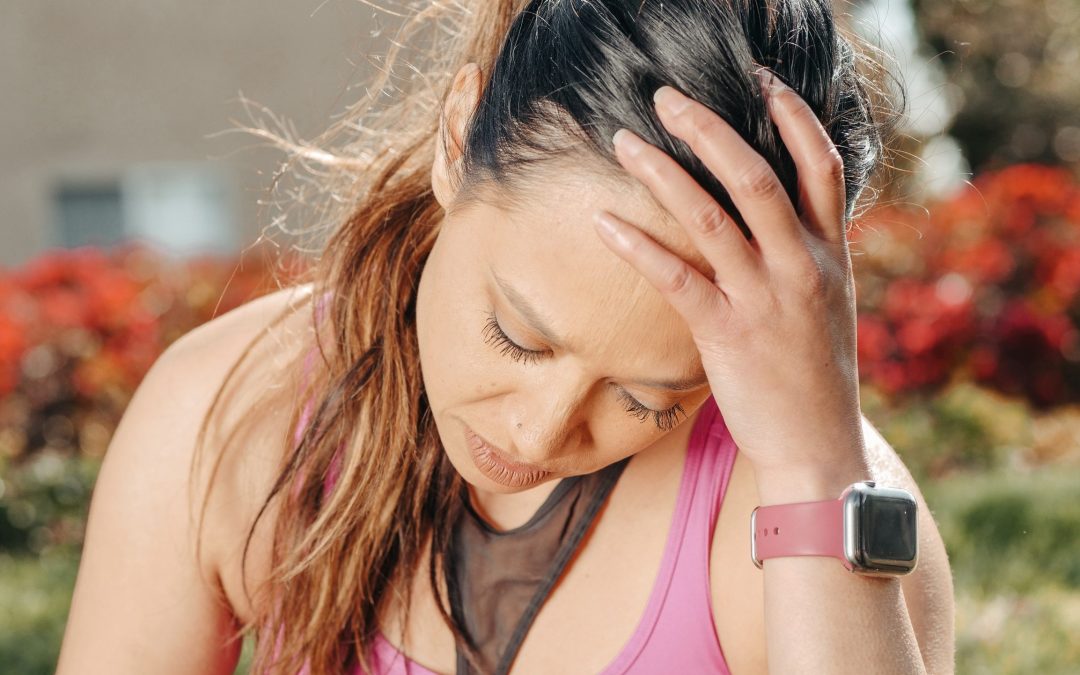Pexels photo by Kindel Media.
Alternatives For Migraine Relief
Living with migraines? You’re not alone. Across the world, roughly one in seven people are afflicted with these severe headaches. Finding relief from the searing pain can be a challenge. At times, over-the-counter painkillers — or even prescription-level medications — don’t do the trick, leaving migraine sufferers searching for another way to relieve the symptoms. Below, we’ll explore a few alternative methods to help you or a loved one find relief from migraines.
To start, some people who experience migraines have found that making certain lifestyle changes helped reduce their migraines’ frequency. Seen as more of a holistic approach, by changing certain sleep, food, and exercise habits, this proactive method focuses more on prevention than reacting to the symptoms.
Sleep is a big consideration when it comes to mitigating migraines. When sleep cycles are disrupted, or someone isn’t getting enough sleep, it could trigger more attacks, making it harder to fall and stay asleep. The result is a cycle with one problem feeding into the other. Health experts recommend improving your sleep schedule and practicing good sleep hygiene to avoid this cycle. Sleep hygiene refers to maintaining a relaxing bedtime routine in a cool, dark room and limiting screen time before bed, especially when under the covers.
Exercise and nutrition are also lifestyle changes to consider. In addition to staying hydrated, people with migraines must eat regularly throughout the day and avoid fasting. Making meals rich in protein, fiber, and healthy fats can help control blood sugar which, for some, is linked to a migraine attack. Foods like red wine, citrus fruits, and chocolate may be triggers for some people and should be avoided. If you are unsure how to change your diet, nutritional counseling may be a constructive route to finding relief.
Fitting in 30 minutes of exercise is recommended as well. One specific form of exercise studied as a migraine relief method is yoga. While it may take some time to see results, yoga — or a similar low-intensity exercise — is a great place to start when looking for migraine support. Additionally, performing yoga and making improvements in these areas could, in turn, reduce stress, which is often a major contributing factor.
Outside of lifestyle choices, migraine sufferers can also seek professional care. For instance, getting treatment from a physical therapist trained in dry needling is beneficial. These medical experts may alleviate pain and reduce migraine frequency by activating certain muscle trigger points with needles.
Massage is another form of relief. Whether you opt for manual therapy from a physical therapist or seek out a massage therapist, this approach can be very constructive in easing muscle tension and stress along problem areas, such as the shoulders and neck. Coming full circle, massage can encourage better sleep quality as well.
Want to learn more about migraine relief? Check out the accompanying resource for further information.
Graphic created by Orthobiologics Associates.



Connect With Me !